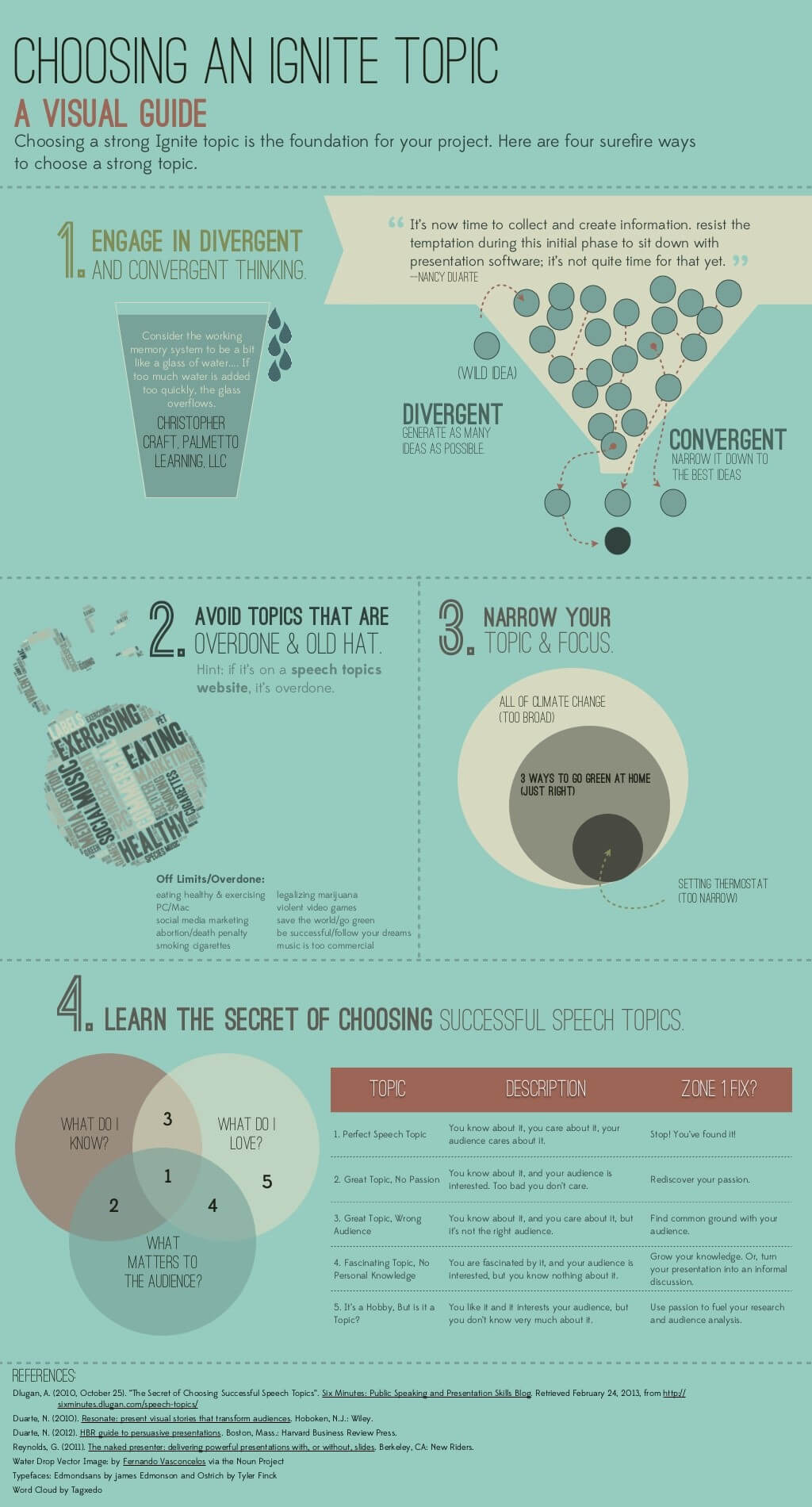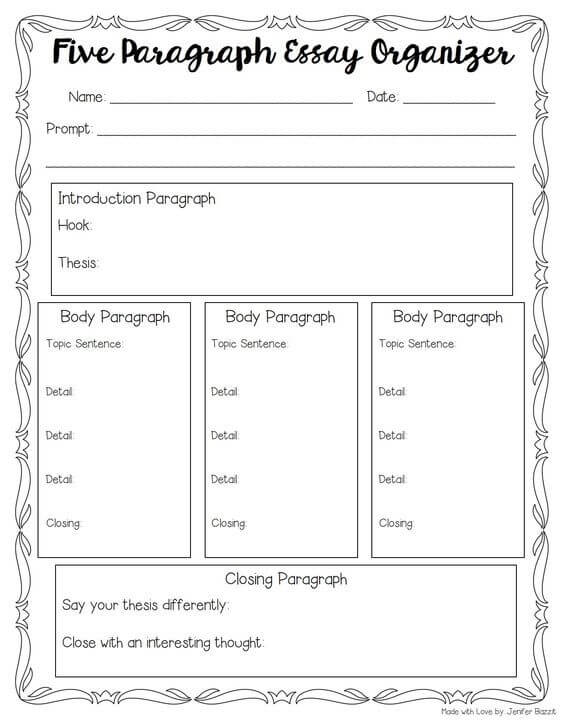How To Start A Narrative Writing
There are numerous kinds of essays you may be assigned to complete. Sometimes, it can be hard to understand the difference between two similar papers. Narrative essay is commonly confused with the descriptive one. This article will lead you through all necessary steps and help you write a successful piece adhering to the particular formatting rules.
What Is a Narrative Essay?
The main purpose of a narrative essay is to tell the reader about events, interactions, and experience that have happened to the author during the particular period of time. It always has a vivid plot. On the contrary, the descriptive essay is aimed at providing an image of a person, a place, some experience or an object without demonstrating a chain of events. The plot is absent or vague.
To write a breathtaking narrative essay quickly, let us introduce you the most compelling step-by-step sequence:
#1. Preparation
Before your creative process actually starts, you should learn a bit more about the general requirements inherent in this kind of the paper, choose the topic, and collect some relevant information to use it as the reference.
What to Write About?
Your potential theme should be interesting for both you and your audience. The topic of the narrative essay usually refers to the writer's experience and there is no need to use any data from the outside sources. Besides, there are 3 signs of a successful title of your essay whether it is narrative or something else:
- You could barely see it on the web;
- It's quite narrow than wide;
- It encourages reading the first sentence of the paper.

What is Required of Me?
Asking to compose such a specific kind of academic paper, professors don't demand of their students to follow strict rules as for other writing assignments and only give them a basic structure. The idea is simple: you take a story from a real life and dwell upon the most vibrant points as far as events are unfolding. The narrative's parts should be coherent and convey a particular mood.

Where to Search for Evidence?
You may take them from your own memories since you started writing it. Forget about the exhausting web-research and let your memories pour out on a paper.
#2. Writing Process
Obviously, this stage is the most time-consuming. It can be less if you take into account the following:
Making a Structure and Outlining
Divide your plot into three parts: a setup, the main part and a climax, and a thrilling conclusion. In the introduction, you should hook a reader and make them read the rest of your essay. Allocate the major points of the essay and describe each of them briefly in the body and end up your story with an unpredictable twist and a delightful punch line. In its turn, outlining helps you find the best details of the disclosed issues in the narrative essay.

Picture source
Providing Information in First-Person
The narrative is very personal, so you should underline the significance of the ongoing events for your identity. That is why it is common to use "I" statements without switching a perspective in favor of another person.
Describing the Characters and Places
Even though it's not a descriptive essay, try to adorn your story with vivid details of crucial objects mentioned in the plot. Especially, that goes for people who affected the outcome of the whole case; their personalities should be disclosed as comprehensive as possible.
Mention places serving as a location of where an action is held because it reflects the picture's ambience. Background information which may change the reader's attitude to characters or even to the meaning of your idea has to be also provided.
Adding a Little Spice
What a narrative without a zest! Dilute your smooth passages with a detail that will turn everything around. It may be antagonist character who is eagerly interfering with your purposes, an unpredictable twist and embarrassing ending or funny jokes and coincidences to break your audience out laughing.
#3. Editing
After crafting the first draft, revise it thoroughly. You will definitely find one, two or a few rough spots while looking through your essay. Make sure you didn't miss any important points.
Tips for the successful editing:
- Don't start to search for mistakes right after finishing the essay. Have a rest and only then take a fresh look at it;
- Transform big and complicated sentences into simple ones to make them compelling;
- Avoid use of terms of many meanings;
- Find all repeats of ideas or arguments and delete them;
- Verify all citations and formatting in general with a guide;
- Paraphrase where it is hard to grasp the sense;
- Reconsider the structure of the essay.
#4. Proofreading
Many students deem that subtitles 3 and 4 in this guide are the same things. But it is not really so: when editing is all about content, style, and paragraph structure, proofreading is performed to detect misspellings and grammar errors. Also, it is the final phase of the writing.
What Should I Do During This Process?
- Check grammar yourself or use some applications such as Grammarly.com or other services from Infographics below, but do not rely on them heavily;
- Remove double spacing;
- Replace misspellings with correct words.

Picture source
It will be more effective if you entrust someone else to reread your piece: your friends, parents or college mates. They may notice mistakes you missed and share their general opinion on the essay.
As you can see, the narrative essay is not complicated at all. It is one of the most pleasant forms of writing assignments due to the great involvement of your personality in the paper's body. Even the rules and requirement can't get you down – they are practically absent or are as simple as a pie if professor mentions a structure. Turn on your imagination and start crafting a brilliant piece adhering to our recommendations.
![]()
Patricia Jenkins is the senior writing advisor at FastEssay blog for international students that seek quick paper assistance. In her blog, Patricia shares useful tips on productivity, writing, research, references. Sometimes Patricia goes off topic by sharing her personal experience peppered with lively humor and healthy irony. View all posts by Patricia Jenkins
How To Start A Narrative Writing
Source: https://fastessay.com/blog/a-step-by-step-guide-to-write-a-professional-narrative-essay/
Posted by: mirandalacceir.blogspot.com

0 Response to "How To Start A Narrative Writing"
Post a Comment